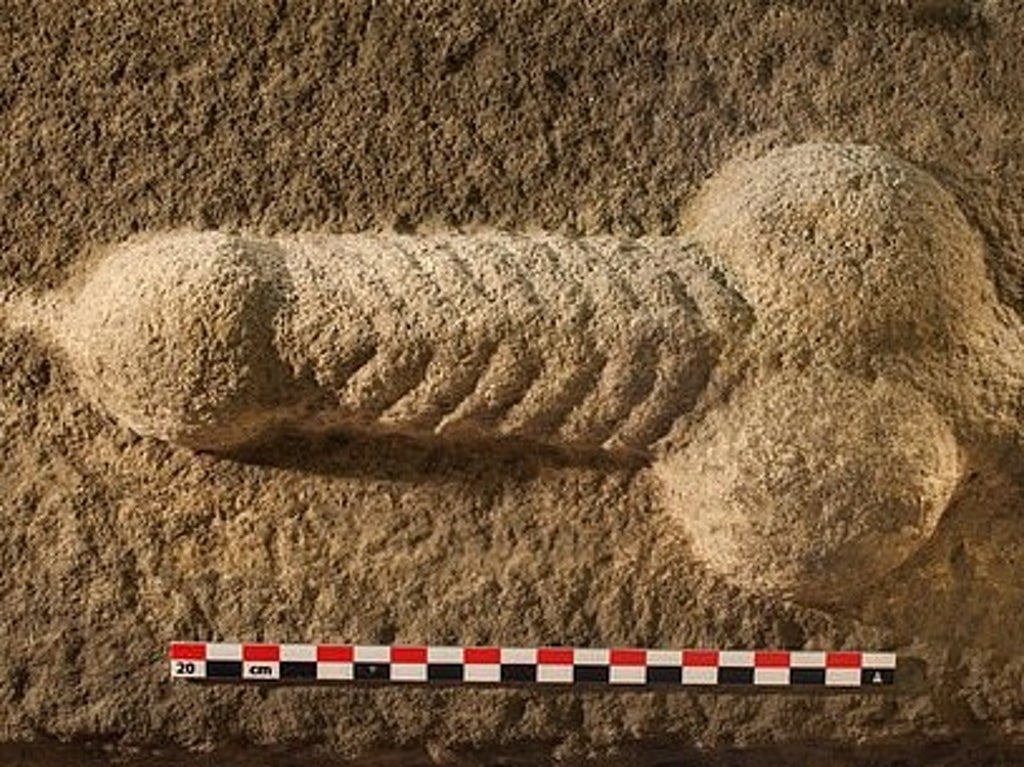
A Roman stone-carved penis is one of thousands of artefacts discovered during half a decade of excavation work around the town of Catterick, it has been revealed.
The 11in phallus – complete with line of ejaculate – is believed to date back to the early years of the ancient empire’s occupation of Britain, which began in the first century AD.
It is among more than 62,000 historical objects unearthed during five years of archaeological digs undertaken as part of work to upgrade the A1 around the North Yorkshire town – which was founded by the Romans.
Other treasures include a 2,000-year-old pistachio nut – the oldest ever found in Britain – as well as pottery, incense burners, brooches and works of art which were probably brought from the Mediterranean.
The phallus itself was first dug up in 2014 – and the excavation work completed in 2018 – but a full analysis of all objects has just been completed by the Northern Archaeological Associates.
All the items, which also includes 2.8 tonnes of animal bone and 2.5 tonnes of pottery, will now be held at the Yorkshire Museum in York.
Taken together, experts say the collection offers one of the most significant insights into life in a Roman fort town ever unearthed.
Dr Jonathan Shipley, principal heritage consultant with AECOM – the infrastructure giant which carried out the road improvements – said it would “hugely increase our understanding of the development of the site”.
And Helen Maclean, also of AECOM, added: "This brings to completion 17 years of integrated archaeological and engineering work on the A1.
"There have been some fantastic discoveries during the archaeological work, which have greatly enhanced our archaeological knowledge."
Digs along the A1 are considered to hold particular potential in terms of historic finds because the modern road partly follows the the old Roman route between York and Hadrian's Wall.







